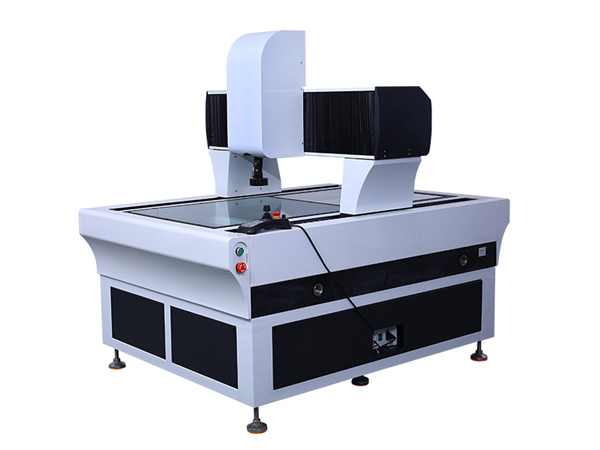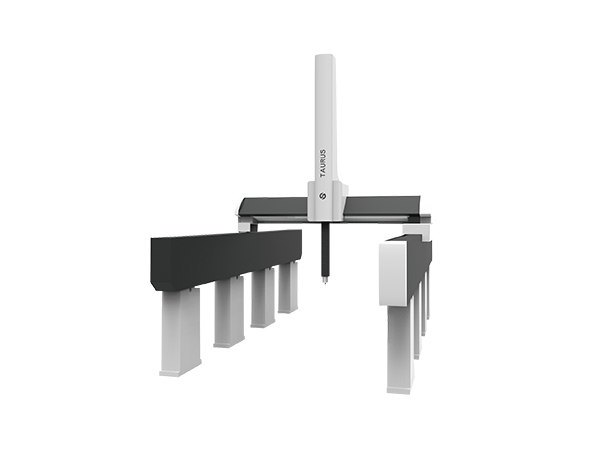The standard definition of the total length of a three coordinate measuring needle is the length from the rear mounting end face of the measuring needle to the center of the measuring ball.
Effective working length (EWL)
The effective working length is the distance from the center of the measuring ball to the interference point between the measuring rod and the measured target when measuring in the normal direction of the part.
Some simple probe selection rules can be used to achieve high accuracy in most probe measurement applications.
Try to choose a short measuring needle
The smaller the diameter of the measuring needle, the greater the amount of bending or deformation, and the lower the accuracy. Using the shortest possible probe is your best choice.
Minimize the number of potential bending and deformation points in the connector by adding a probe to the extension rod. Minimize the number of probe components in applications.
The selected diameter of the measuring ball should be as large as possible for the following reasons:
This can increase the distance between the measuring ball and the measuring rod, thereby reducing false triggering caused by collision with the measuring rod, and increasing the effective working length; The larger the measuring ball, the larger the diameter of the measuring rod available, increasing the rigidity of the measuring needle; The larger the diameter of the ruby ball, the smaller the impact of the surface finish of the workpiece being measured. The effective working length is also affected by assembly tolerances. For this reason, the Renishao probe is assembled under controlled conditions in accordance with strict standards.





